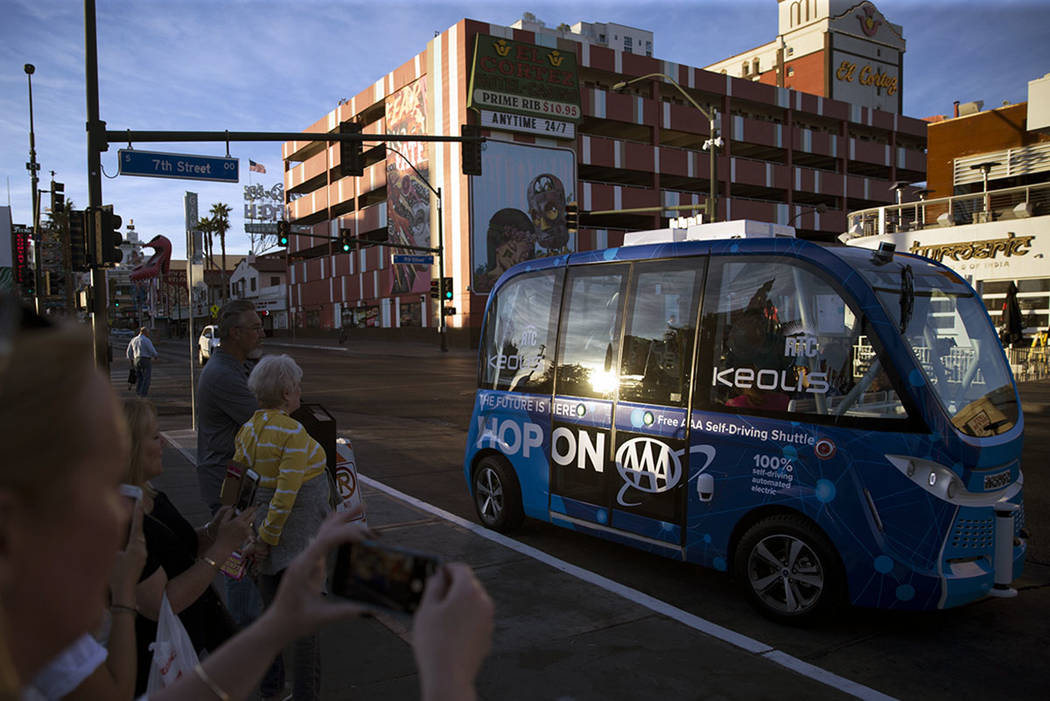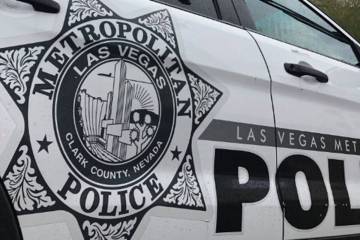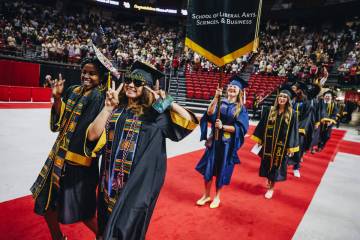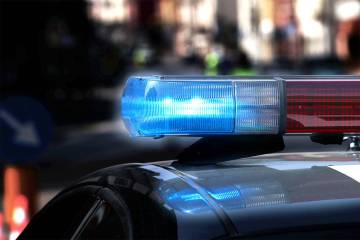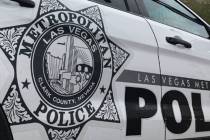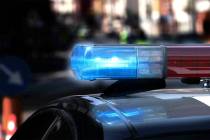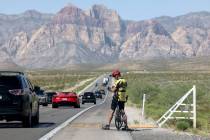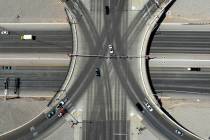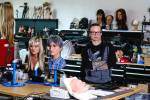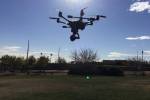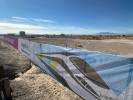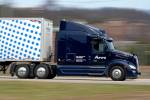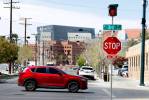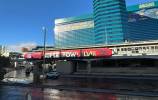Regular use of self-driving vehicles years away, US experts say
With Las Vegas on the forefront of autonomous vehicle testing, a natural question is when will self-driving vehicles be the norm on our nation’s roads?
The answer: Not anytime soon, according to Missy Cummings, director of the Humans and Autonomy Lab at Duke University.
“There are a lot of caveats that go along with this, so you can do it now here in Las Vegas if you’re in a slow-speed shuttle and that works,” Cummings said at a panel discussion last week. “I use this all the time at other events, ‘When can you get into a car and say, take me to Las Vegas?’ The answer is not 2030. I don’t know if we’re going to get to 2040. We’ll get there one day, but there’s a very hazy cloud toward this ability for cars to do anything, anywhere, anytime in any conditions.”
One of the issues concerning autonomous vehicles is with the software they run, with Cummings pointing out a recent incident in neighboring Arizona as an example.
In March 2018, an Uber operating in self-driving mode in Tempe with a safety driver behind the wheel, crashed, killing a pedestrian. The woman behind the wheel was reported to have been watching a television program on her smartphone when the fatal crash occurred, but the vehicle didn’t appropriately react to the pedestrian in its path.
“Uber did not want that to happen, but the thing is, it wasn’t an exceptional event,” Cummings said. “It was an event we should have been able to detect and we did not know how to test that code.”
Another factor is the weather. Some sensors work better dealing with certain weather scenarios, but no sensor has proven to be effective in all weather conditions.
For this reason, the average Aptiv vehicle being driven autonomously — with a safety driver behind the wheel at all times — between the Resort Corridor, the Las Vegas Convention Center and Downtown Las Vegas has over 20 sensors, cameras, antennas and computers on board to enhance its safety.
“Snowy weather, fog and camera sensors aren’t necessarily going to be able to analyze that,” said Regional Transportation of Southern Nevada CEO Tina Quigley. “Pavement lines, markings and signs — the fact that different states and different communities have their own signage and markings. So having standardization, even in the rural areas, of what markings means so the computer understands it (is needed).”
Self-driving vehicles operating with geofencing — such as the autonomous shuttle that traveled around a 0.7-mile loop downtown last year — is attractive now, and likely the only feasible way to operate autonomous vehicles on a large scale, Cummings said.
“They are slow speed, where you can put sensors in so you can increase safety; that’s totally doable,” she said. “But you’re not going to be able to drive up to that mountain unconstrained anytime soon.”
Sen. Catherine Cortez Masto, D-Nev., who sat on the Senate Commerce, Science and Transportation Committee and has fought for transportation-related projects, said she sees value in programs testing emerging technology, such as autonomous vehicles.
“Literally, that is the future,” Cortez Masto said. “My goal has been to make sure we are incentivising and putting in place legislation that helps create that new technology and we apply the research grants and dollars for that technology.”
Cortez Masto said the workforce must also be addressed, to ensure the required talent is available to help foster in new technology.
“We need to make sure we’re training them, making sure they have the skills they need to be a part of the future us of this technology.”
Everything considered, Cummings said she didn’t want to sound like a doomsday naysayer for autonomous vehicles. She just is realistic about the possibilities of the systems as they stand today.
“I’m still a huge advocate for autonomous vehicles,” she said.
Contact Mick Akers at makers@reviewjournal.com or 702-387-2920. Follow @mickakers on Twitter.



